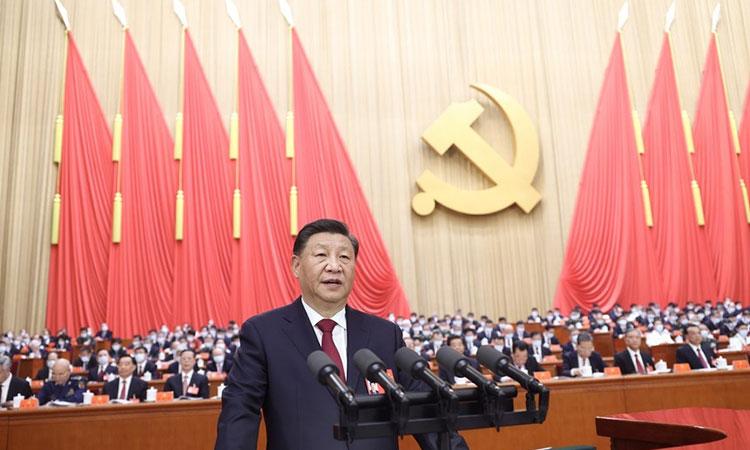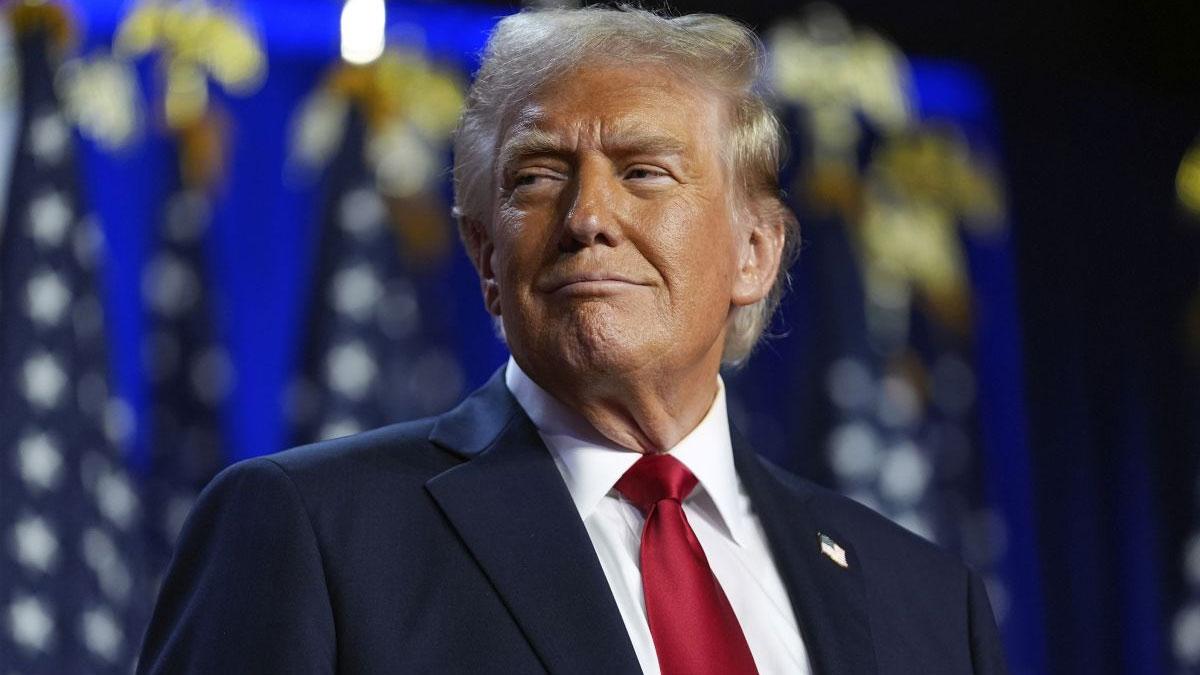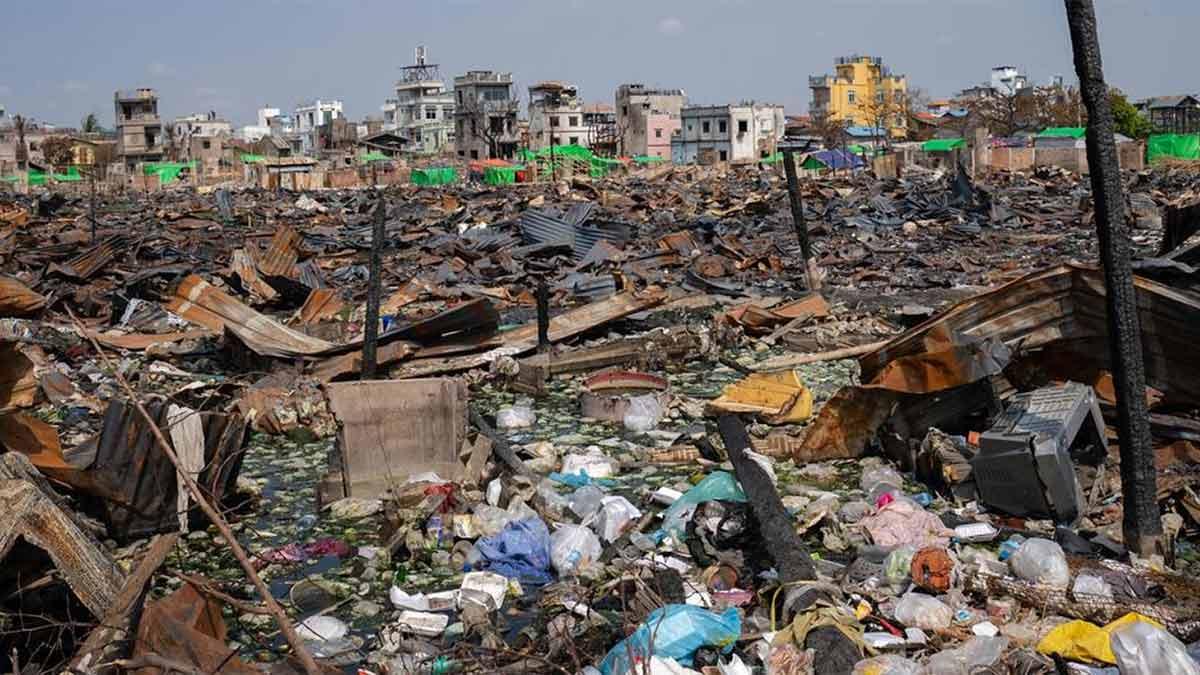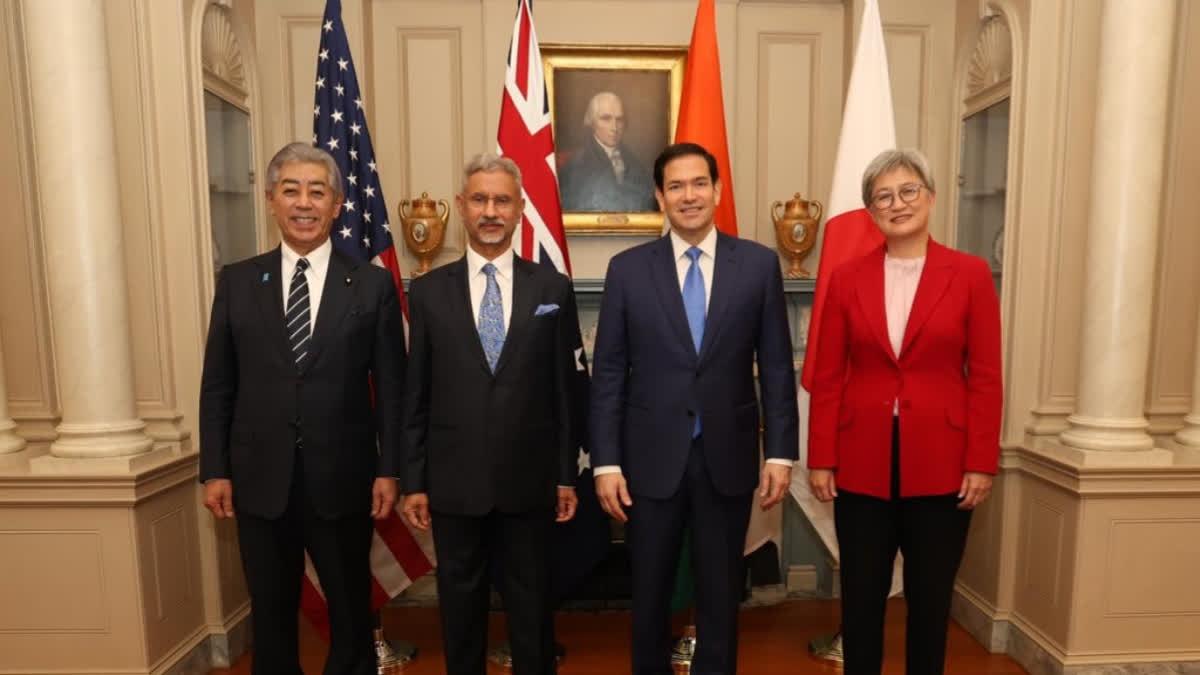The age of uncontested US primacy is over -- it most certainly is -- but rather China's halting progress to become America's equal, as per an article by independent think-tank Lowy Institute in its fifth edition of Asia Power Index.
China draws power from its central place in Asia's economic system. The United States draws its power from its military capability and unrivalled regional defence networks. Whether this uneasy cohabitation between unequal superpowers results in a settling point or outright conflict is an open question.
But what is clear is that a "Chinese century" is no longer the most likely scenario. China is now less likely to pull ahead of its rival by the end of the decade. If it does so in future decades, China will not enjoy an advantage anything like the United States did in the past, Lowy Institute said.
Also read |US downs yet another airborne intruder, now over Canada
The Index offers little evidence of a more multipolar distribution of power in the region.
In fact, a widening gulf separates China from the region's next most important players. Japan and India have each suffered setbacks causing them to entirely drop out of a special category of major powers in the Index, Lowy Institute said.
The "grand concert of powers" view of the Indo-Pacific -- inspired by the 19th century European tradition -- in which the region coalesces around a single military and strategic counterweight to deter China's ability to dominate the Indo-Pacific is looking decidedly shaky.
The annual Asia Power Index -- launched by the Lowy Institute in 2018 -- measures resources and influence to rank the relative power of states in Asia. The project maps out the existing distribution of power as it stands today, and tracks shifts in the balance of power over time.
Key findings in the 2023 Asia Power Index include China's isolation exacted a heavy toll on its standing in 2022 but the country emerges more militarily capable than ever.
Also read |Turkey-Syria earthquake death toll surpasses 28,000
The portrait that emerges is this: China's overall power still lags the United States but is not far behind.
Yet the biggest surprise over the course of five editions of the Index has been China's inability to close or meaningfully narrow the gap to equal, let alone surpass, the United States in its comprehensive national power.
China registered the largest decline in comprehensive power of any country in the 2023 Asia Power Index.
As much of the world lifted or relaxed strict measures to prevent the spread of Covid-19, China is only now emerging from tough zero-Covid policies that sharply curtailed its global and regional connectivity. This saw the connective tissue of its relationships with its neighbourhood -- people exchanges, business links and cultural ties -- atrophy.
In parallel with this trend, China's economic linkages with the world became less robust. While China attracted more than US$200 billion of foreign capital investment in the three-year period to 2021, this had fallen to just US$120 billion in the three years to 2022. The country's global outward investment flows also declined by around 30 per cent.
China's global exports remained strong, but the country's demand for imports of goods and services weakened due to relatively tepid economic growth in 2022.
As a result, China's Economic Capability -- a measure of core economic strength and ability to use the economy to geopolitical advantage -- is at its lowest level since 2018, with the United States again leading on this measure.
China is steadily improving its Military Capability -- closing the gap with the United States from 27 points in 2018 to 23 points in 2022.
In response to former US speaker Nancy Pelosi's visit to Taiwan, China's extensive military drills around Taiwan were designed to test the People's Liberation Army and Taiwanese responses, but also to establish a "new normal" with repeated incursions by Chinese military aircraft across the so-called median line of the Taiwan Strait, Lowy Institute said.
Beijing accelerated its nuclear weapons program last year and has nearly doubled its supply of warheads since 2020 to past 400, a size that US military planners did not expect to see until about 2030, a new report from the US Department of Defense says, RFA reported in November.
The 2022 China Military Power Report, the latest edition of an annual report mandated by the U.S. Congress, says Pentagon planners in 2020 estimated China's stockpile of warheads was in the "low-200s" and might double by the end of the decade.
But a rapid expansion of warhead building -- part of an effort to reach what Beijing terms a "basically complete modernization" of the People's Liberation Army by 2035 -- has sped that up.
"If China continues the pace of its nuclear expansion, it will likely field a stockpile of about 1,500 warheads by its 2035 timeline," the report says. "By 2030," it adds, China "will have about 1,000 operational nuclear warheads, most of which will be fielded on systems capable of ranging the continental United States."
According to the Stockholm International Peace Research Institute, China's stockpile is currently the world's third largest. But 90 per cent of the world's nuclear weapons arsenal belongs to the two largest nuclear powers: Russia and the United States, who have stockpiles of 4,477 and 3,708 weapons, respectively.
The Pentagon report says Chinese military expansion in general should be understood as part of Beijing's self-proclaimed efforts to achieve "the great rejuvenation of the Chinese nation" by 2049, and th Communist Party leadership's view that the United States is undertaking a "whole-of-government effort" to stymie that.
"Strengthening the PLA into a 'world class' military" capable of carrying out an "active defense" against threats is a key part of this, the report says, with 2027 recently being set by policymakers in Beijing as a major milestone for modernization efforts, RFA reported.
The report notes that although China already has the world's largest navy and is the "top ship-producing nation in the world by tonnage," it is continuing to expand its capacity to produce "submarines, warships, and auxiliary and amphibious ships," as well as increasing its ability to produce aircraft.
Italy hosts the highest number of unofficial Chinese "police stations" out of a network of more than 100 around the world, a report by a Spanish civil rights group has claimed, The Guardian reported in December.
The northern Italian city of Milan was allegedly used by two local Chinese public security authorities as a European testing ground for a policing strategy to monitor the Chinese population abroad and force dissidents to return home, The Guardian reported.
The Madrid-based Safeguard Defenders reported in September that 54 such stations allegedly existed around the world, prompting police investigations in at least 12 countries including Canada, Germany and the Netherlands.
In a report, the civil rights group said it had identified 48 additional stations, 11 of which are in Italy. Other newly identified stations were in Croatia, Serbia and Romania, it said, The Guardian reported.


















